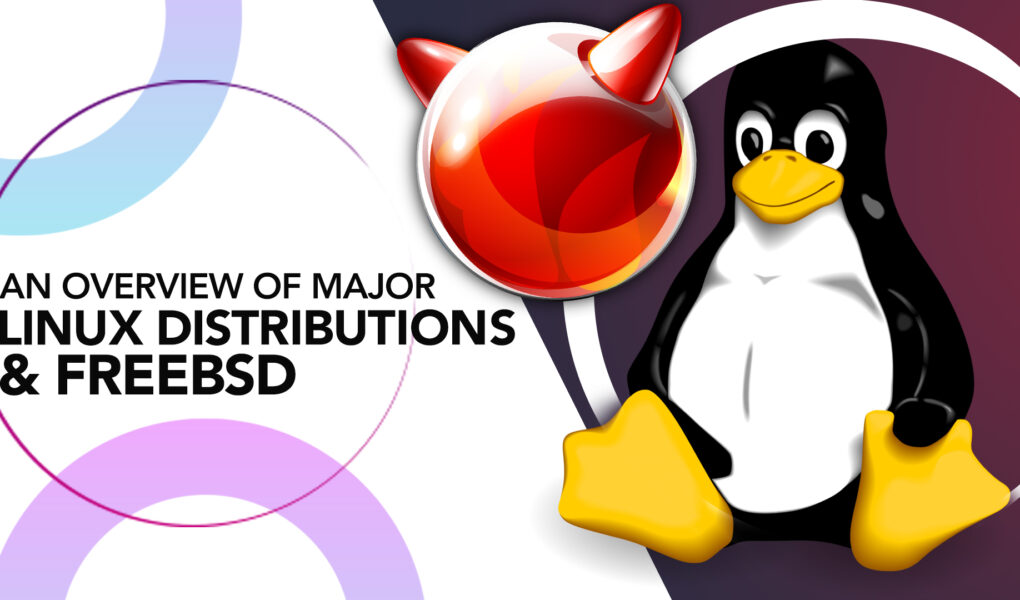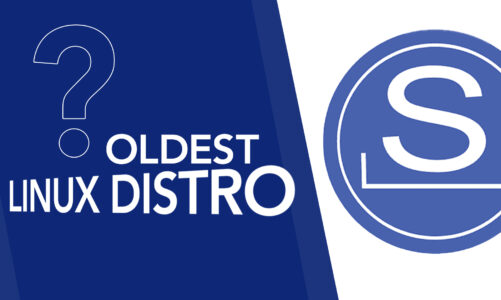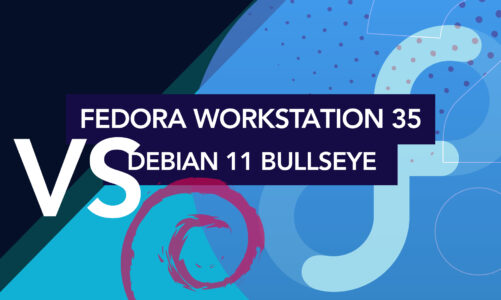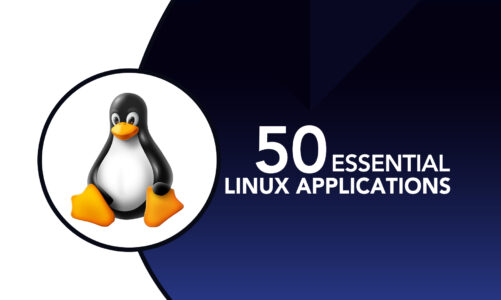In the realm of open-source operating systems, Linux and FreeBSD have emerged as leading contenders. Their flexibility, versatility, and vast community support have led to the creation of various distributions (distros) catering to different needs. This article will provide an overview of major Linux distributions and FreeBSD, exploring the details of each OS and their respective strengths.
A Brief History of Linux and FreeBSD
In 1991, Linus Torvalds developed Linux as a substitute for the Unix operating system. Linux’s open-source nature allowed developers worldwide to create custom distributions based on the original Linux kernel. FreeBSD, on the other hand, originated in 1993 as a direct descendant of the Unix-based Berkeley Software Distribution (BSD). It has since evolved into a complete operating system with its own development community.
Understanding Linux Distributions
A Linux distribution consists of a fully functional operating system built upon the Linux kernel and includes supplementary software, tools, and libraries. Given the hundreds of available Linux distributions, each one caters to the unique requirements and tastes of different users.
Major Linux Distributions
1: Ubuntu
Canonical’s Ubuntu is among the most well-known Linux distributions in existence today. Ubuntu’s approach, which prioritizes user-friendliness, has garnered a substantial community of users and developers. Its intuitive interface coupled with comprehensive documentation makes it a perfect selection for those just starting out. The distribution also offers official flavors with different desktop environments, such as Kubuntu (KDE), Xubuntu (Xfce), and Lubuntu (LXDE), allowing users to choose the best fit for their preferences.
Pros
- Beginner-friendly with a large community for support.
- Regular, predictable release cycle.
- Offers various official flavors with different desktop environments.
- Extensive software repositories.
Cons
- May include proprietary software and drivers, which may not align with some users’ free software principles.
2: Fedora
Fedora, a progressive and community-oriented distribution backed by Red Hat, is renowned for its fast release cycle, guaranteeing users access to the most up-to-date software and features. Dedicated to offering a fully open-source experience, Fedora is frequently the initial distribution to embrace new technologies, making it a favored option for developers and tech enthusiasts.
Pros
- Focus on innovation and cutting-edge technology.
- Completely free software experience.
- Backed by Red Hat, a major player in the open-source ecosystem.
- SELinux integration for enhanced security.
Cons
- Rapid release cycles may result in less stability.
3: Debian
Among the most longstanding and stable Linux distributions, Debian emphasizes stability, security, and commitment to open-source values. As a result, Debian serves as the basis for numerous other distributions, such as Ubuntu and Linux Mint. Debian offers a vast software repository and is available in three branches: Stable, Testing, and Unstable, catering to different user requirements.
Pros
- Recognized for its stability and security.
- Large software repositories.
- Adherence to free software principles.
- Multiple branches cater to different user needs.
Cons
- May require advanced technical know-how for configuration.
4: Arch Linux
Arch Linux is a streamlined, rolling-release distribution that prioritizes straightforwardness and personalization. It uses the Pacman package manager, which is known for its speed and efficiency. The Arch Wiki is an extensive resource, providing detailed documentation for users.
Pros
- High degree of customization
- Rolling-release model ensures the latest software updates
- Lightweight and fast
- Extensive documentation in the Arch Wiki
Cons
- Requires more technical knowledge and hands-on maintenance
5: Linux Mint
Linux Mint, a stable and easy-to-use distribution built on Ubuntu, caters to diverse user preferences by providing multiple desktop environments such as Cinnamon, MATE, and Xfce. Linux Mint includes many popular pre-installed applications, such as multimedia codecs and office software, making it an excellent choice for new users.
Pros
- Beginner-friendly with a focus on ease of use
- Offers multiple desktop environments
- Based on the stable and widely-used Ubuntu distribution
- Includes pre-installed applications and multimedia codecs
Cons
- Some users may prefer the rapid release cycle of other distributions for more up-to-date software packages
6: Slackware Linux
Slackware, among the earliest Linux distributions, is celebrated for its simplicity, stability, and commitment to the Unix principles. It was first released in 1992 by Patrick Volkerding and has since maintained a loyal user base. Slackware is an extremely adaptable distribution that grants users full authority over their system.
Pros
- Simplicity and adherence to Unix principles.
- Stability and reliability.
- Customization and control over the system.
- Educational value for learning Linux.
Cons
- Manual package management and dependency resolution.
FreeBSD: A Different Approach
While Linux distributions are based on the Linux kernel, FreeBSD is a separate operating system derived from BSD Unix. It follows a different development model and offers unique features compared to Linux.
Key Features of FreeBSD
- Monolithic base system: FreeBSD’s core components are developed and maintained together, ensuring consistency and stability.
- ZFS file system: A powerful, advanced file system with built-in features such as snapshots, data integrity checks, and storage pooling.
- Ports collection: An extensive software library that streamlines the process of installing and managing applications from third parties.
- Performance: FreeBSD is known for its efficient and stable performance, particularly in networking and file system management.
Conclusion
The world of open-source operating systems is vast and diverse, offering many options to cater to different user preferences and requirements. Our overview of major Linux distributions and FreeBSD has highlighted the unique strengths and applications of each OS. While Linux has garnered immense popularity with its many distributions like Ubuntu, Fedora, and Arch Linux, FreeBSD stands its ground with its solid performance, stability, and security. Ultimately, the choice of OS boils down to personal preferences and the specific needs of a user or a project.



